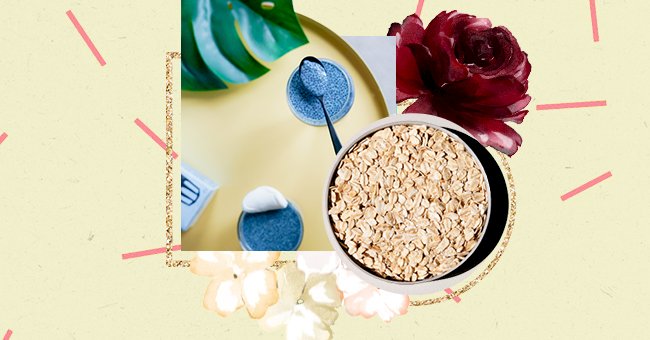
5 Vegan-Friendly Ways I Add More Protein To My Diet
If you have just turned vegan or you are considering switching to a vegan diet, that are many easy ways to add plant-based protein into your diet.
Going vegan doesn't have to be complicated, my friend! If you're worried about where your protein will come from, learn a few things here and there about a plant-based diet, and you'll be able to meet your daily nutritional requirements.
It's crucial to get familiar with nutrients, vitamins, and minerals, which food groups have what, what are the best plant-based protein sources, and so on. I went vegan "cold turkey," so it was harder for me to learn all at once. But if you prepare yourself before embracing the transition, that will be so easy; you won't even notice you're almost vegan! So, I brought my five vegan-friendly protein sources I eat every day.
Oats
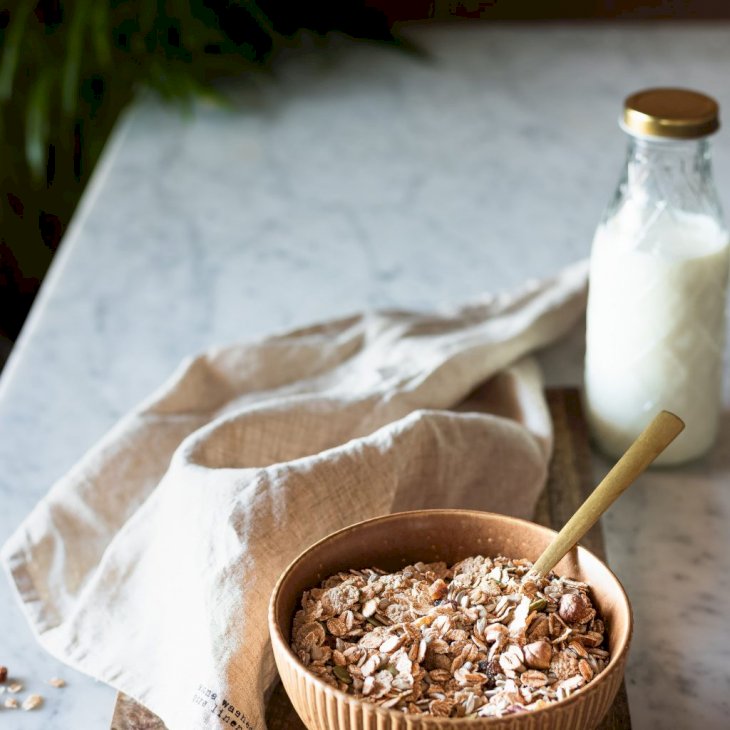
Photo by Micheile Henderson on Unsplash
My breakfast is generally a bowl of fruits or a warm porridge. Either way, I add granola or oats to it. Oat is the easiest and delicious way to add more protein into your diet — half a cup (120 ml) of dry oats provides you with approximately 6 grams of protein and 4 grams of fiber.
Chia Seeds
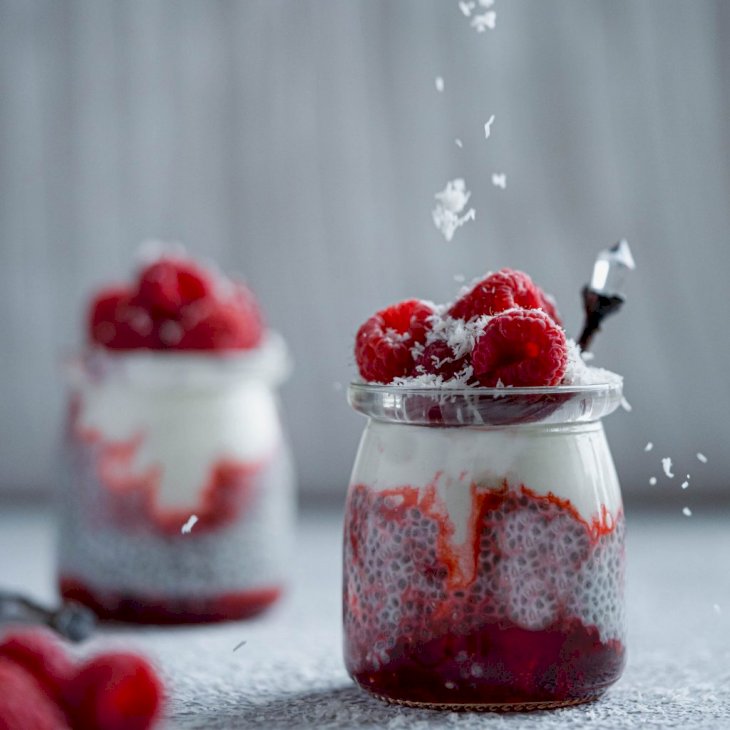
Photo by Prachi Palwe on Unsplash
Another must-have in my breakfast bowl is chia and flaxseeds. 3.5 ounces (100 grams) of chia seeds contains 16.5 grams of protein.
Highly nutritious, chia also contains a good amount of iron, calcium, selenium, and magnesium, as well as omega-3 fatty acids. Omega-3 is often missed in plant-based diets because it's only found in specific types of food. Chia is a great, versatile and easy option to add to your diet.
Chickpeas and Other Legumes
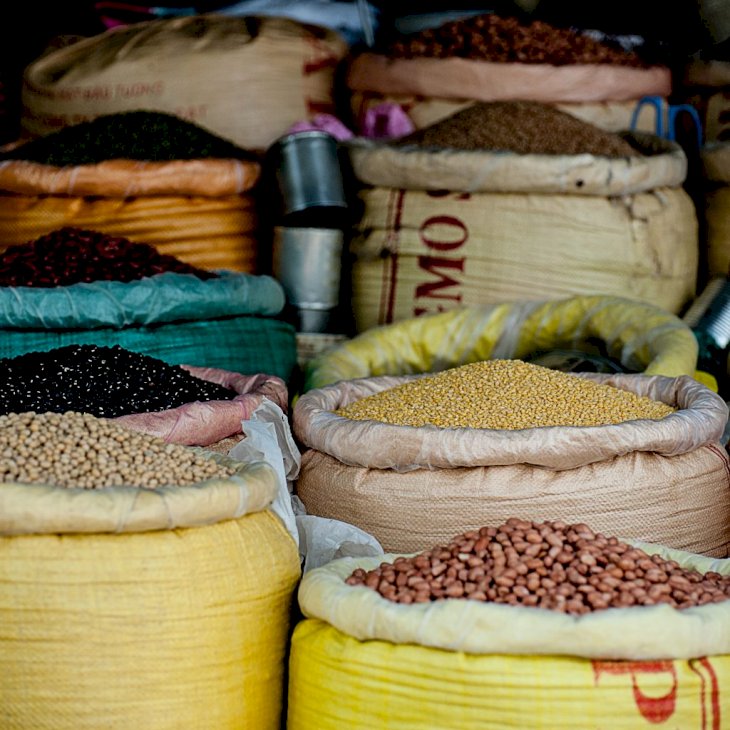
Photo by v2osk on Unsplash
Legumes, such as chickpeas, lentils, and beans, are protein and nutritional powerhouses. They're rich in protein — a half cup of cooked beans or lentils contains 7 to 10 grams of protein. You can alter legumes in between meals. Legumes are a great source of other nutrients, such as fiber, iron, folate, phosphorus, potassium, and manganese.
Peanuts
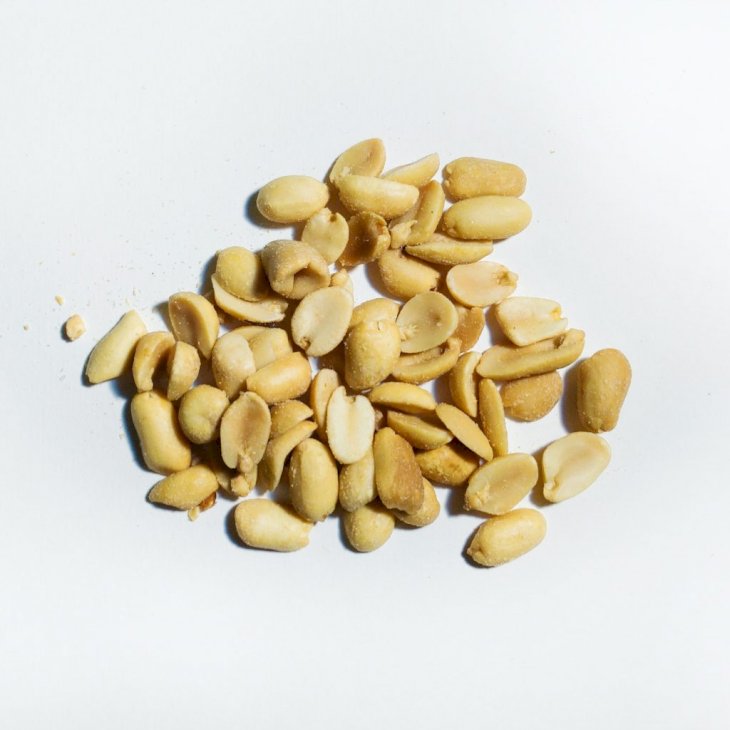
Photo by Sketch on Unsplash
I'm a peanut butter freak, so I always find ways to add peanut butter to one of my meals — in my breakfast, or an afternoon snack, or a smoothie.
A serving of peanuts is equal to 1 ounce (28g) or roughly 28 peanuts, and it contains 7 grams of protein. Two tablespoons of the nut butter have the same 7 grams of protein.
Protein-Rich Veggies
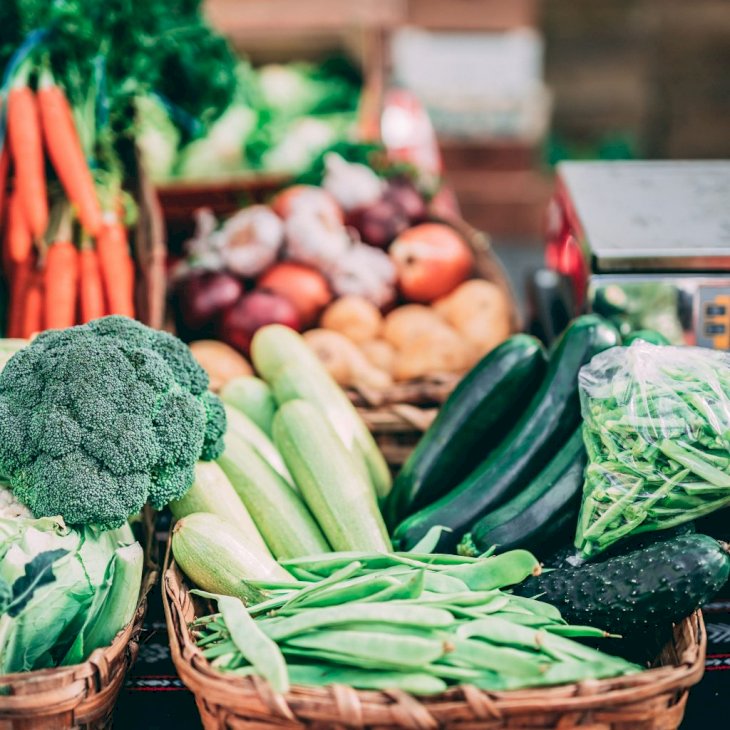
Photo by Iñigo De la Maza on Unsplash
All fruits and vegetables contain some amount of protein, but they're usually smaller than the sources mentioned above. The vegetables with the most protein include broccoli, spinach, asparagus, artichokes, potatoes, sweet potatoes, and Brussels sprouts. They contain between 4 to 5 grams of protein per cup and when cooked.